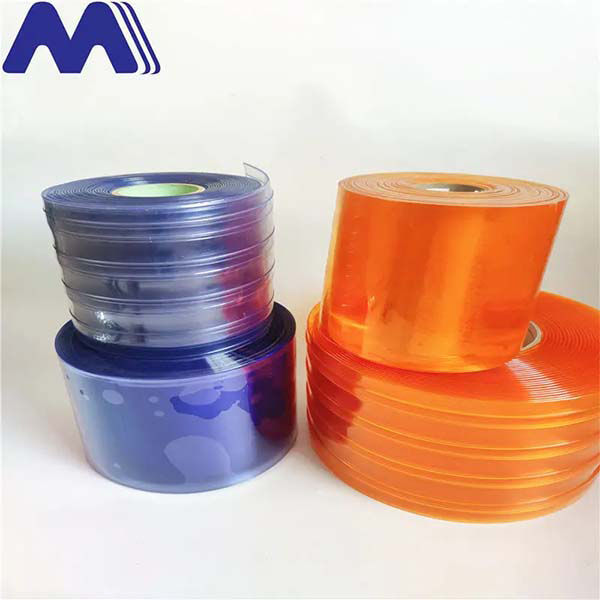- Afrikaans
- Albanian
- Amharic
- Arabic
- Armenian
- Azerbaijani
- Basque
- Belarusian
- Bengali
- Bosnian
- Bulgarian
- Catalan
- Cebuano
- Corsican
- Croatian
- Czech
- Danish
- Dutch
- English
- Esperanto
- Estonian
- Finnish
- French
- Frisian
- Galician
- Georgian
- German
- Greek
- Gujarati
- Haitian Creole
- hausa
- hawaiian
- Hebrew
- Hindi
- Miao
- Hungarian
- Icelandic
- igbo
- Indonesian
- irish
- Italian
- Japanese
- Javanese
- Kannada
- kazakh
- Khmer
- Rwandese
- Korean
- Kurdish
- Kyrgyz
- Lao
- Latin
- Latvian
- Lithuanian
- Luxembourgish
- Macedonian
- Malgashi
- Malay
- Malayalam
- Maltese
- Maori
- Marathi
- Mongolian
- Myanmar
- Nepali
- Norwegian
- Norwegian
- Occitan
- Pashto
- Persian
- Polish
- Portuguese
- Punjabi
- Romanian
- Russian
- Samoan
- Scottish Gaelic
- Serbian
- Sesotho
- Shona
- Sindhi
- Sinhala
- Slovak
- Slovenian
- Somali
- Spanish
- Sundanese
- Swahili
- Swedish
- Tagalog
- Tajik
- Tamil
- Tatar
- Telugu
- Thai
- Turkish
- Turkmen
- Ukrainian
- Urdu
- Uighur
- Uzbek
- Vietnamese
- Welsh
- Bantu
- Yiddish
- Yoruba
- Zulu
hardware
The Evolution and Impact of Hardware in Modern Technology
In the modern digital age, hardware serves as the backbone of technology, enabling everything from simple computing tasks to complex artificial intelligence operations. Hardware, in essence, refers to the physical components of a computer or electronic system, including processors, memory, storage devices, and peripherals. Understanding the evolution of hardware is crucial to appreciating its impact on our daily lives and the future of technology.
Historically, hardware has seen remarkable advancements since the creation of the first computing machines in the mid-20th century. The early computers, such as ENIAC and UNIVAC, were massive and required significant power and space. These machines utilized vacuum tubes for processing, which made them inefficient and often unreliable. However, with the invention of the transistor in the late 1940s, hardware underwent a revolutionary transformation. Transistors were smaller, more energy-efficient, and more reliable than vacuum tubes, paving the way for the development of smaller and more powerful computers.
As technology continued to progress, the introduction of integrated circuits in the 1960s further accelerated the miniaturization of hardware. This innovation allowed multiple transistors to be placed on a single chip, drastically reducing the size and cost of computing devices. By the 1980s, personal computers became commonplace, changing the landscape of technology and society. Manufacturers like IBM and Apple emerged, making computing accessible to the general public. The rise of personal computing fueled a demand for innovative hardware solutions, leading to the development of powerful GPUs (Graphics Processing Units) for gaming and high-definition media.
The 21st century has witnessed an unprecedented explosion of hardware capabilities, driven primarily by advancements in materials science and engineering
. Modern processors, such as multi-core CPUs and advanced GPUs, have significantly enhanced computational power, leading to breakthroughs in artificial intelligence, machine learning, and big data analytics. These developments empower industries to automate processes, optimize operations, and create intelligent systems that can learn and adapt to new information.hardware

In addition to computational advancements, the proliferation of mobile hardware has reshaped communication and accessibility. Smartphones, tablets, and wearable technologies have become essential tools in our daily lives. These devices not only connect us to the Internet and our social networks but also provide access to a vast array of applications that enhance productivity, entertainment, and health management. The shift towards mobile hardware signifies a transition towards a more interconnected world, where information is readily available at our fingertips.
Another notable trend is the rise of Internet of Things (IoT) devices, which directly integrate hardware into our living environments. Smart home devices, wearable fitness trackers, and connected appliances demonstrate how hardware can enhance convenience and efficiency. These devices communicate with each other, creating a network that allows for data sharing and automation, further illustrating the synergy between hardware and software.
Looking to the future, the potential for hardware innovation is immense. Emerging technologies such as quantum computing promise to revolutionize industries by solving complex problems that are currently beyond the capabilities of traditional computers. Additionally, advances in nanotechnology may lead to the development of even smaller and more efficient hardware components, further pushing the boundaries of what is possible.
In conclusion, the evolution of hardware has fundamentally transformed our technological landscape and daily lives. From early computing machines to the sophisticated devices of today, hardware development continues to drive innovation, enabling us to solve complex challenges and explore new possibilities. As we move forward, the interplay between hardware and software will undoubtedly shape the future, leading to smarter, more efficient technologies that can enhance our world in ways we have yet to imagine.
-
Commercial Freezer Curtains Durable Vinyl, Energy-Efficient & InsulatedNewsMay.15,2025
-
Durable PVC-Streifen in Großrollen Bulk Orders & Custom SizesNewsMay.15,2025
-
PVC Vinyl Strip Curtains Durable, Clear Door Insulation SolutionsNewsMay.14,2025
-
Affordable Plastic & PVC Curtain Prices Durable & TransparentNewsMay.14,2025
-
PVC Strip Curtains for Food Industry Hygienic & Durable SolutionsNewsMay.14,2025
-
Plastic Door Curtain Manufacturers Magnetic & Welding SolutionsNewsMay.13,2025



